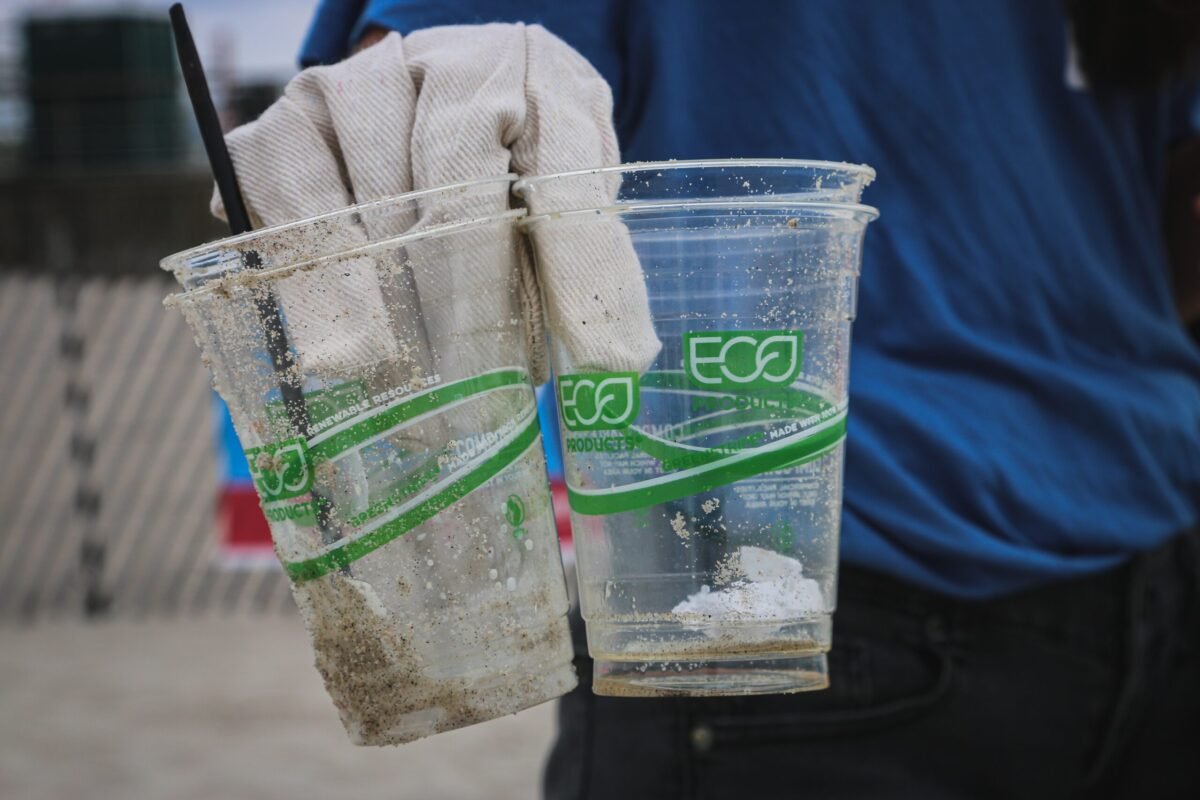27. Beyond Greenwashing: How to Spot and Support Genuine Sustainability
Navigating the Greenwashing Landscape
With the growing popularity of sustainable living, businesses are increasingly using terms like “green,” “eco-friendly,” and “sustainable” to attract environmentally conscious consumers. However, not all claims are genuine, and greenwashing has become a prevalent issue. In this blog, we’ll delve into the world of greenwashing, providing you with insights on how to spot it and offering tips on supporting businesses that are genuinely committed to sustainability.
1. Scrutinizing Green Marketing Claims
Vague Terminology: Beware of vague terms like “eco-friendly” or “green” without specific details. Genuine sustainable practices are transparent and provide clear information about a product or company’s environmental impact.
Exaggerated Language: Be cautious if a company makes grand claims without evidence or specifics. Phrases like “100% natural” or “completely sustainable” should be backed by verifiable facts and certifications.
Misleading Imagery: Pay attention to images and symbols on packaging. Greenwashing often involves nature-inspired imagery that may mislead consumers about a product’s actual environmental impact.
2. Assessing Certifications and Labels
Recognized Certifications: Genuine sustainable products often carry recognized certifications such as USDA Organic, Fair Trade, Energy Star, or FSC (Forest Stewardship Council). Verify the legitimacy of these certifications on official websites.
In-depth Research: Go beyond the label and conduct your own research. Some companies may use misleading labels or create their certifications. Look for comprehensive information about a company’s sustainability practices.
Multiple Certifications: Companies committed to sustainability often have multiple certifications covering various aspects of their business, from organic sourcing to fair labor practices. A single, vague certification may be insufficient.
3. Transparency in Supply Chain
Open Communication: Genuine sustainable companies are transparent about their supply chain. They willingly share information about sourcing, manufacturing processes, and their overall environmental impact.
Corporate Responsibility Reports: Companies that prioritize sustainability often publish annual corporate responsibility reports. These reports provide detailed insights into their environmental initiatives, social responsibility, and progress towards sustainability goals.
Engagement with Stakeholders: Look for companies that actively engage with stakeholders, including consumers. Genuine sustainability efforts involve ongoing communication, feedback, and responsiveness to concerns.
4. Long-Term Commitment to Sustainability
Historical Track Record: Examine a company’s historical commitment to sustainability. A genuine commitment extends beyond recent trends. Companies with a long-term dedication to sustainability are more likely to be authentic.
Ambitious Goals: Companies serious about sustainability set ambitious goals and timelines. Look for businesses that actively work towards reducing their environmental impact and improving their sustainability practices.
Investment in Innovation: Authentic sustainable companies invest in innovative practices and technologies to minimize their ecological footprint. This commitment to continuous improvement is a sign of genuine dedication.
5. Consumer Reviews and Reputation
Independent Reviews: Check independent sources and consumer reviews. Honest feedback from other consumers can provide insights into a company’s actual sustainability practices and whether their claims align with reality.
Reputation Management: Genuine sustainable companies are proactive in managing their reputation. They address concerns, respond to inquiries, and use constructive feedback to improve their sustainability efforts.
Community Engagement: Companies committed to sustainability often engage with their community. This engagement goes beyond marketing and involves actively participating in environmental initiatives or supporting local causes.
Conclusion: Empowering Consumers for Genuine Change
As consumers, we have the power to drive genuine change by supporting businesses that are authentically committed to sustainability. By being vigilant, conducting thorough research, and making informed choices, we can contribute to a marketplace where authenticity and transparency prevail. Let’s collectively challenge greenwashing and support businesses that share our commitment to a more sustainable and eco-friendly future.


